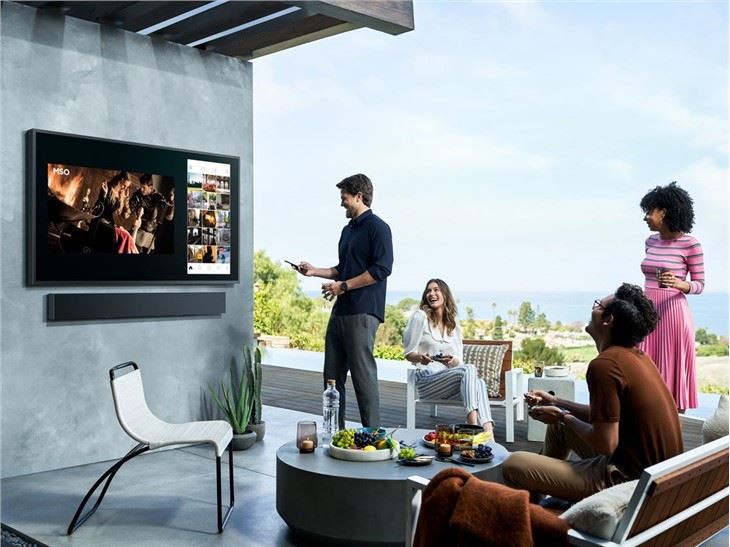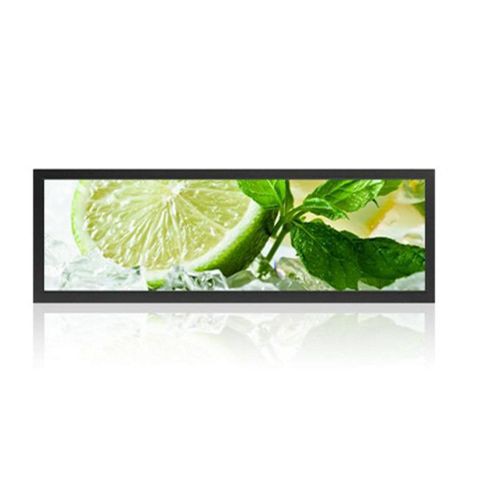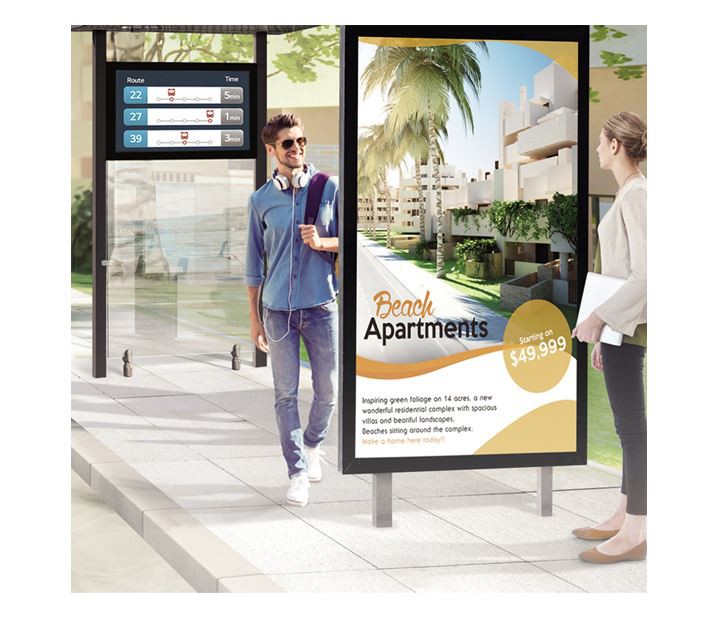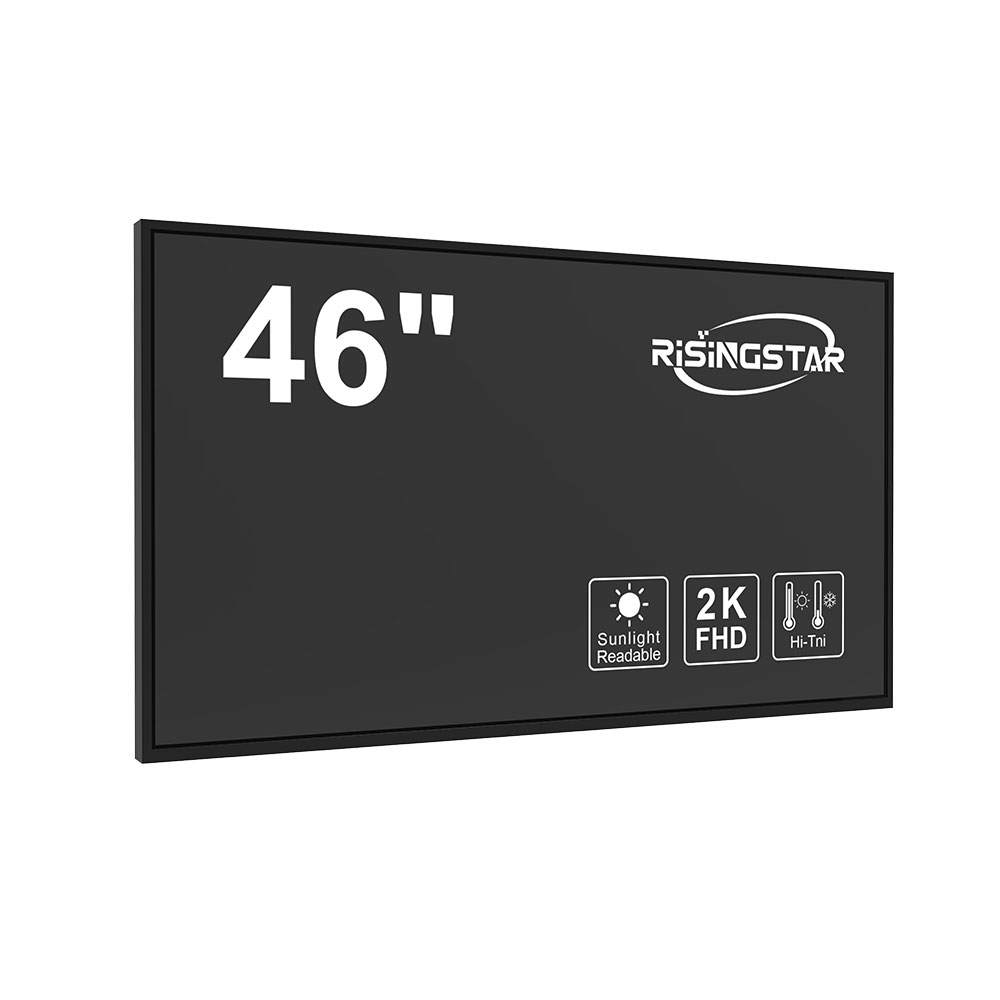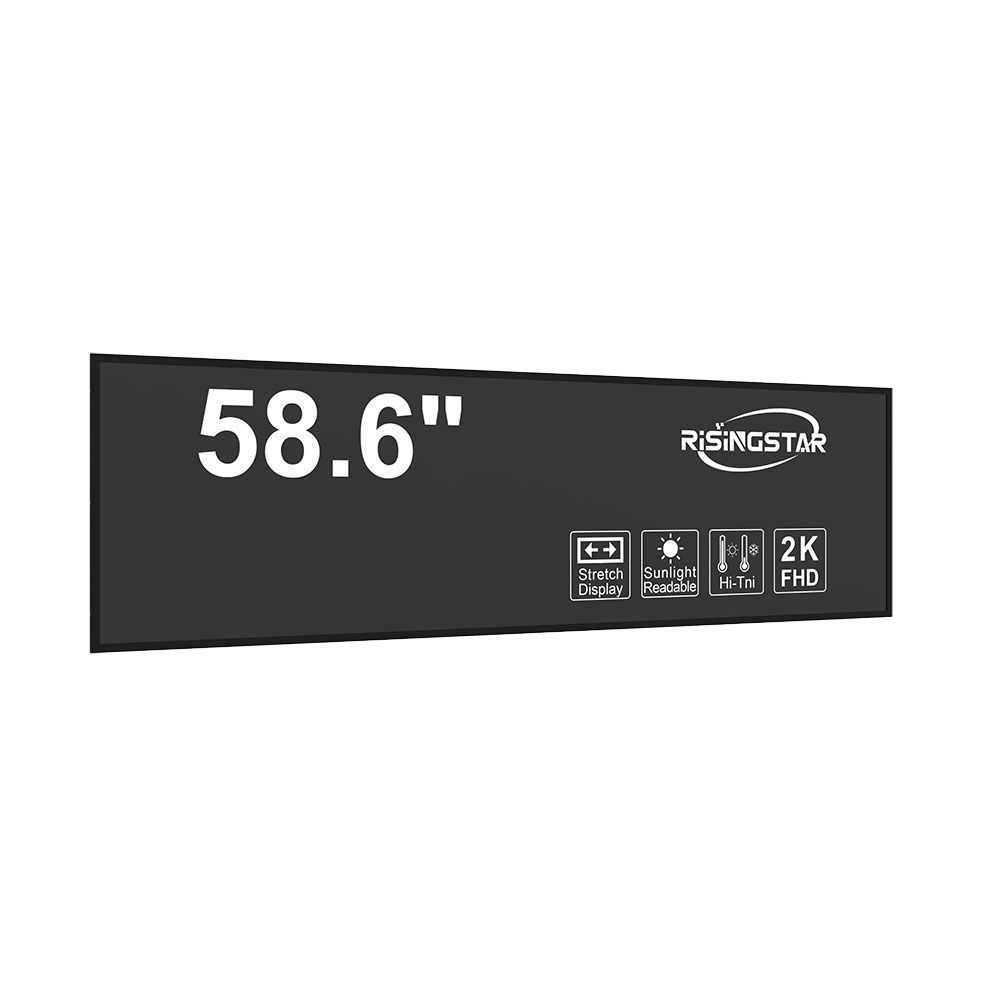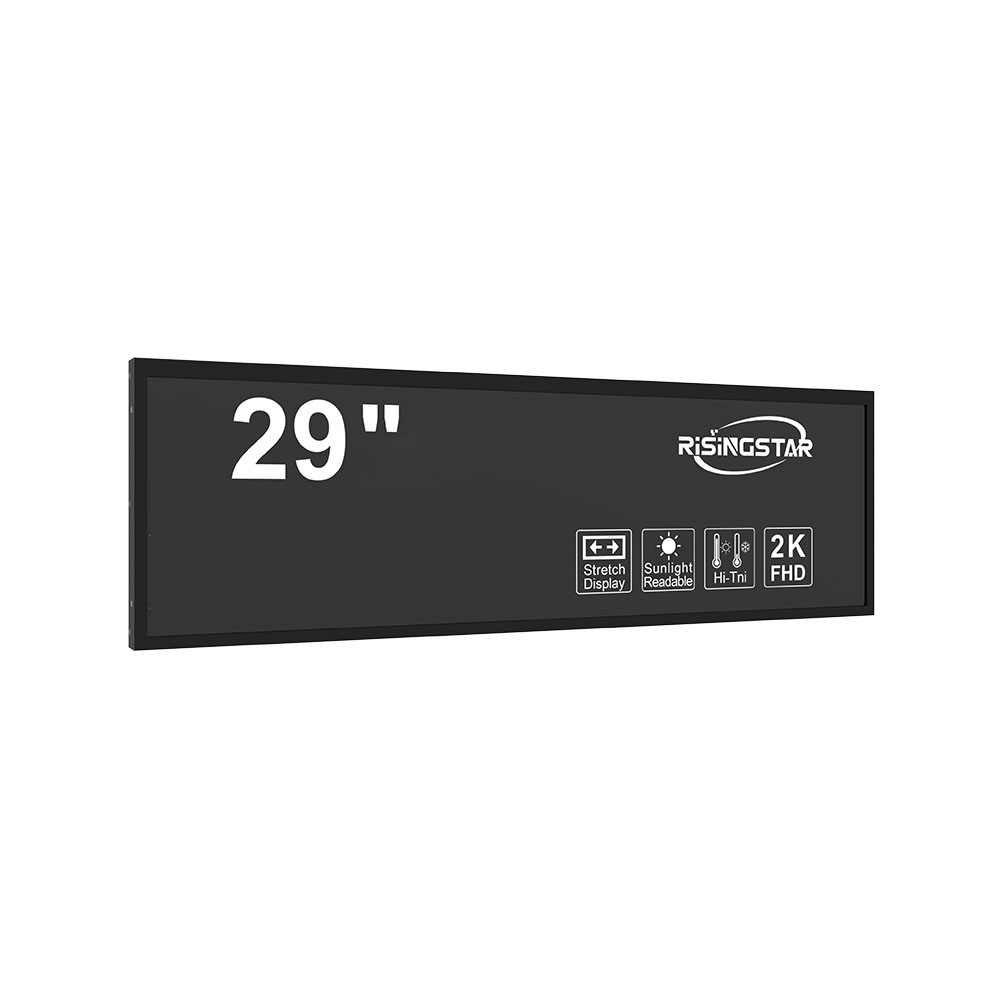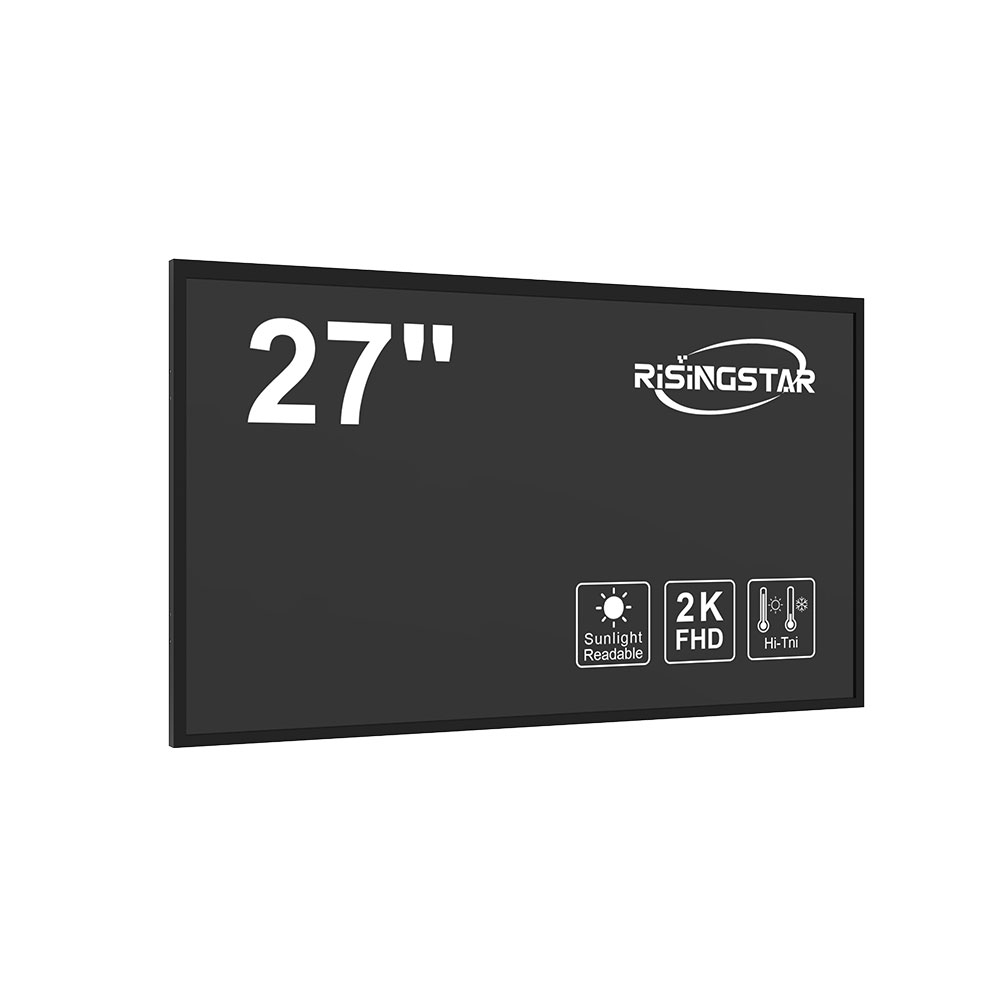High-brightness sunlight-readable LCD screens are critical components in modern outdoor display technologies, particularly for applications where visibility under direct sunlight is non-negotiable. These displays typically exceed 5,000 nits of peak brightness—far surpassing standard indoor LCDs that operate around 300–500 nits—and employ advanced optical design, reflective layers, and high-efficiency backlighting to ensure readability even at noon sun. According to the International Electrotechnical Commission (IEC), these screens must meet IEC 60950-1 standards for safety and IEC 62374 for environmental resistance, ensuring durability in extreme conditions such as high temperature, humidity, and vibration.
Practical applications span across industries including military and defense, transportation, industrial automation, and outdoor advertising. For example, in military vehicles like the U.S. Army’s Stryker, high-brightness LCDs enable real-time situational awareness on control panels exposed to intense sunlight. Similarly, airport ground control systems rely on these screens for air traffic controllers to monitor aircraft movements under open skies. In public transit, digital signage in buses and train stations uses these displays to deliver real-time updates to passengers without glare interference—a feature increasingly demanded by smart city initiatives globally.
Advantages include superior contrast ratios (often >1000:1), wide viewing angles (up to 178°), and long operational life (>50,000 hours). Manufacturers like Sharp, LG Display, and AU Optronics have introduced innovations such as anti-glare coatings, dual-layer polarizers, and adaptive brightness control algorithms that reduce power consumption while maintaining performance. A case study from the University of Colorado Boulder (2023) showed that using sunlight-readable LCDs in solar-powered kiosks reduced maintenance costs by 40% due to fewer screen failures in desert environments.
Common problems include thermal stress causing pixel degradation, limited color accuracy under high brightness, and higher initial costs compared to standard displays. However, recent trends address these issues: microLED-backlit LCDs now offer better thermal management, while AI-driven dynamic gamma correction improves color consistency. Additionally, the rise of ruggedized touchscreen variants—such as those with Gorilla Glass 6 and IP65/IP67 ratings—enhances usability in dusty or wet conditions.

The global market for high-brightness LCDs is projected to grow at a CAGR of 7.3% through 2030, driven by increasing demand in EV charging stations, agricultural IoT, and construction equipment interfaces. As per Statista (2024), North America and Asia-Pacific lead adoption, especially in defense and infrastructure sectors. The future lies in hybrid technologies combining LCD with OLED or mini-LED backlights, offering both high brightness and energy efficiency—a trend expected to dominate next-generation outdoor displays.



